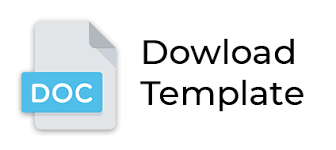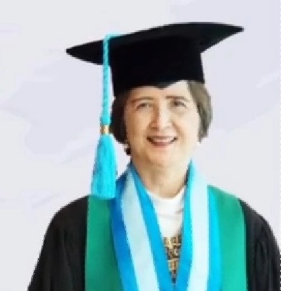The Effectiveness of One Visit Vital Pulpotomy in Primary Teeth
DOI:
https://doi.org/10.28932/jmh.v2i1.746Abstract
Primary teeth caries is a common problem in pre-school children; commonly caused by highsugar consumption dan food impaction. Primary teeth caries in posterior region can cause painfulattack on child and needs root canal treatment with many treatment visits. We reported pulp therapyon 8 years old child with irreversible pulpitis 54, treated by one visit vital formocresol pulpotomy.Patient came with acute condition, pain on upper posterior area. Intra oral examination showedcaries on teeth 54 with pulp involved and caries dentin on 55. Vitality test (+), mobility (-), percussion(+), and no sign of soft tissue abnormality. Vital pulpotomy was chosen for 54 treatment, bleedingcontrol with formocresol, obturation with Zinc Oxide Eugenol (ZOE), and finally restoration withstainless steel crown, all treatment was done in one visit. Four month evaluation showed no complaintreported. We concluded one visit pulpotomy for pulp therapy showed optimum result in primary toothand reduce the necessity of multiple treatment visits.Keywords: formocresol, primary teeth, stainless steel crown, vital pulpotomyDownloads
Download data is not yet available.
Downloads
Published
2018-02-27
How to Cite
1.
Hartman H. The Effectiveness of One Visit Vital Pulpotomy in Primary Teeth. J. Med. Health [Internet]. 2018Feb.27 [cited 2025Jan.18];2(1). Available from: http://224305.koshikahk.tech/index.php/jmh/article/view/746
Issue
Section
Articles
License
Authors who publish with this journal agree to the following terms:
- Authors retain the copyright and grant the journal right of first publication with the work
simultaneously licensed under a Creative Commons Attribution-NonCommercial 4.0 International License that allows others to share the work with an acknowledgement of the work's authorship and initial publication in this journal. - Authors are able to enter into separate, additional contractual arrangements for the nonexclusive distribution of the journal's published version of the work (e.g., post it to an institutional repository or publish it in a book), with an acknowledgement of its initial publication in this journal.
 This work is licensed under a Creative Commons Attribution-NonCommercial 4.0 International License.
This work is licensed under a Creative Commons Attribution-NonCommercial 4.0 International License.

















